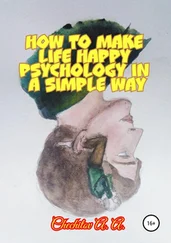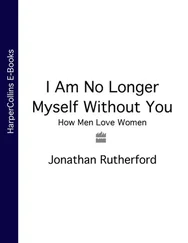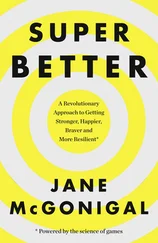While education is compulsory and free in the camps, it cannot be provided beyond primary school. Further education is possible through scholarships offered in the main by Algeria, Libya, Cuba and Syria. For the thousands of Saharawis who received their education in Cuba, many left as children and did not reunite with their families until adulthood, sometimes being apart for periods of twenty years or more. A proportionally high number of the young Saharawi adults hold university degrees, including PhDs. But widespread unemployment in the camps and the lack of opportunities, means few are able to apply their hard won university training and knowledge.
Healthcare in the camps is also universally accessible. Over more than three decades of exile, the refugees have built four regional hospitals and a national one. These are run mostly by Saharawi doctors and nurses. Not surprisingly, prevailing diseases are related to the extreme climate and poor nutrition.
The harsh and extreme desert climate of the Algerian Hammada, has made it impossible for the refugees to survive without critical dependency on food aid. But the persistence of this long-term humanitarian situation has exposed the Saharawis to aid-fatigue and assistance in recent years has often being irregular and insufficient, at times covering but a mere 1/3 of the nutritional requirements. Human rights
The darkest phase of the Moroccan occupation in Western Sahara was unquestionably between 1975 and 1991, when the practice of ‘disappearances’ was widespread. Men, women (including pregnant women), children and the elderly were targeted if they had either any known Polisario relatives or were suspected of harbouring pro-independence or pro-Polisario views. Major human rights organizations, such as Amnesty International (AI) and Human Rights Watch believe that at least a thousand Saharawis ‘disappeared’ in that period. The last major wave of disappearances took place in 1987, when mostly Saharawi youth staged the first demonstration since Morocco annexed the territory in 1975.
In 1991, the 350 officially recognized ‘disappeared’ Saharawis were released by Hassan II in a royal pardon. Until then, the Moroccan kingdom had vigorously denied holding any Saharawi prisoners of conscience, much in the same way it had denied the existence of notorious secret detention centres such as Agdz, Kalaat Magouna and one in Al-Auin, where hundreds of prisoners are known to have died under terrible conditions. Since then, the Moroccan authorities considered the question of disappearances a closed chapter, but according to AFRAPREDESA, a Saharawi human rights organization formed by family members of the disappeared, more than 500 still remain unaccounted for.
After 1991, the pattern of human rights abuses in occupied Western Sahara shifted from long-term imprisonment and disappearances to one of repeated arrests and shorter-term prison sentences. Nevertheless, the practice of torture during detention is still known to take place on a regular basis, and according to AI, the number of reported incidents appears to have risen sharply since 1999. Many human rights abuses are believed to take place during the period of garde-a-vue (pre-arraignment detention). Human rights activists, both in Morocco and the occupied Western Sahara, assert the Moroccan state practices the policy of criminalizing all political activity.
Hundreds upon hundreds of Saharawis have been arrested since 1991 as a result of staging protests against high-level Moroccan visits to the territory or demanding improved economic conditions, which then became political in nature. The most prominent instances were in 1992, 1995, 1999 and 2001. Long lists of Saharawis were tortured in order to extract false confessions and given excessively long prison terms, many of which were reduced thanks to effective pressure from international campaigning groups such as AI. In 2001, the longest-serving Saharawi prisoner of conscience (of twenty-three years), Sidi Mohammed Daddach, was released and awarded the Norwegian Rafto prize in recognition of his sacrifice to the Saharawi cause.
More recently, in the large scale peaceful uprisings of 2005, Moroccan repression was brutal in the extreme. Women, children and the elderly were equally affected, but this time the Moroccan authorities particularly targeted human rights activists. Prominent figures such as Aminatou Haidar, who was beaten within an inch of her life, were caught on camera with a defiant expression covered in a veil of blood. For her tremendous courage and continued advocacy for peaceful resistance she won the Human Rights Kennedy Award in 2008.
More subtle forms of human rights abuses, such as the lack of freedom of expression, association, movement and systematic discrimination in the workplace, are a constant feature of the Saharawi experience under occupation. These ongoing restrictions are coupled with the more sinister Moroccanization policy, which deprives Saharawis from learning their own history and language.
When the UN High Commission for Human Rights finally visited Western Sahara for the first time, in 2006, it expressed its alarming findings in a subsequent report:
‘The situation of human rights is a source of real concern, especially in the territory of Western Sahara administered by Morocco. Currently, not only is the Saharawi population denied their right to self-determination, but they are also being harshly deprived of exercising other kinds of rights…’
Many of these human rights abuses are eloquently expressed in the resistance poetry of the Generation of Saharawi Friendship, largely based in Spain. Writing in Spanish, this group of Saharawi poets have been inspired by figures such as Neruda and Lorca, and they have published numerous books as individuals and anthologies. Aauin, Shouting What We Feel , was published in 2006 to express their outrage at the 2005 Moroccan repressions.

by Danielle Smith, founding director of Sandblast, a London-based arts charity promoting Saharawi rights.
www.sandblast-arts.org
 About Sandblast
About Sandblast
Sandblast works to empower the Saharawis to tell their own story, promote their own culture and earn a living through the arts. Through its Saharawi Artist Fund (SAF), Sandblast addresses the lack of opportunities for Saharawis to develop artistically and helps them showcase their talents and gain recognition for their culture and aspirations. Through SAF we:
run workshopsin the refugee camps to teach art and enhance income generation.
help outstanding talentaccess residencies, master classes and international platforms.
providesmall bursaries for aspiring artists to pursue their creative ideas.
promoteand showcase Saharawi arts.
Founding director, Danielle Smith has been involved with the Saharawi refugee community for over twenty years. She taught English in the camps for extended periods in 1993/94 and made two documentaries, including the award-winning Beat of Distant Hearts , on the role of the arts in the Saharawi independence struggle. She was associate producer for Western Sahara: A Forgotten War , broadcast by BBC2 for their Correspondent series in 1998. Danielle Smith has spoken widely on the Western Sahara at universities, for the media, the British Parliament and the United Nations.
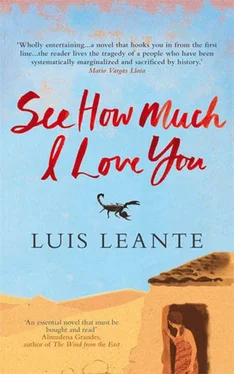


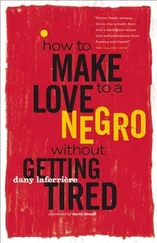

![Ally Carter - [Gallagher Girls 01] I'd Tell You I Love You But Then I'd Have to Kill You](/books/262179/ally-carter-gallagher-girls-01-i-d-tell-you-i-lo-thumb.webp)

